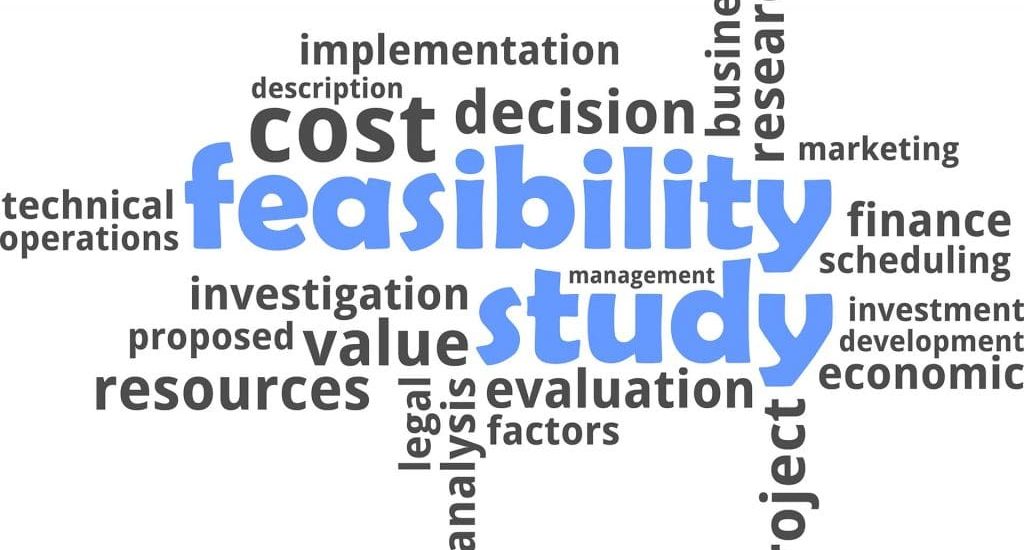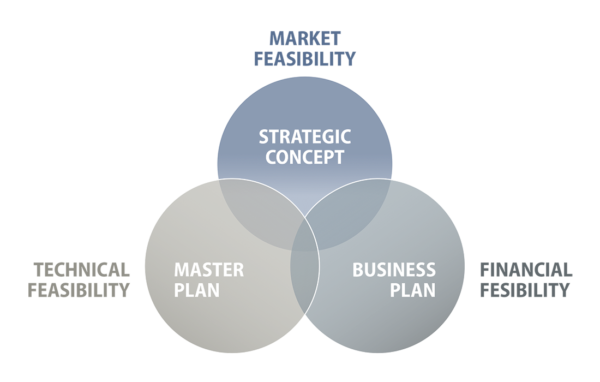Feasibility Study
What Is a Feasibility Study?
A feasibility study is simply an assessment of the practicality of a proposed project plan or method. This is done by analyzing technical, economic, legal, operational and time feasibility factors. Just as the name implies, you’re asking, “Is this feasible?” For example, do you have or can you create the technology to do what you propose? Do you have the people, tools and the resources necessary? And, will the project get you the ROI you expect?
When should project managers do a feasibility study? It should be done during that point in the project management life cycle after the business case has been completed.
So, that’s the “what” and the “when” but how about the “why?” Meaning, why do you need a feasibility study? Well, it determines the factors that affect project feasibility, making it pretty important.
As you’re researching the feasibility study, Gulf Resources can help you keep track of all that information. Assign a Project to team member to get the feasibility analysis data you need. See their progress in real time. They can attach supporting documents. For More Information Visit our website https://gulf-resources.ae/

What Is Included in a Feasibility Study Report?
The findings of your project feasibility study are compiled in a feasibility report that usually includes the following elements.
- Executive summary
- Description of product/service
- Technology considerations
- Product/service marketplace
- Marketing strategy
- Organization/staffing
- Schedule
- Financial projections
- Findings and recommendations
Types of Feasibility Study:
Technical Feasibility :
Consists in determining if your organization has the technical resources and expertise to meet the project requirements.
Economic Feasibility:
You’ll need to do an assessment of the economic factors of your project to determine its financial viability. You can use a cost-benefit analysis to compare its financial costs against its projected benefits.
Legal Feasibility:
Your project must meet legal requirements. That includes laws and regulations that apply to all activities and deliverables in your project scope.
Operational Feasibility:
Operational feasibility refers to how well your project matches your organization’s capacity planning, resources, strategic goals and business objectives.
Time Feasibility:
Estimate the time that will take to execute the project and set deadlines. Then think how your project timeline fits with your current operations, such as your demand planning, production schedule, among many other things.
7 Steps To Do a Feasibility Study
1: Conduct a Preliminary Analysis:
Begin by outlining your project plan. You should focus on an unserved need, a market where the demand is greater than the supply, and whether the product or service has a distinct advantage. Then you need to determine if the feasibility factors are too high to clear (i.e. too expensive, unable to effectively market, etc.).
2:Prepare a Projected Income Statement:
This step requires you to work backward. Start with what you expect the income from the project to be and then what project funding is needed to achieve that goal. This is the foundation of an income statement. Things to take into account here include what services are required and how much they’ll cost, any adjustments to revenues, such as reimbursements, etc.
3: Conduct a Market Survey, or Perform Market Research:
This step is key to the success of your feasibility study, so make your market analysis as thorough as possible. It’s so important that if your organization doesn’t have the resources to do a proper one, then it is advantageous to hire an outside firm to do so.
The market research is going to give you the clearest picture of the revenues and return on investment you can realistically expect from the project. Some things to consider are the geographic influence on the market, demographics, analyzing competitors, the value of the market and what your share will be and if the market is open to expansion (that is, response to your offer).
4: Plan Business Organization and Operations:
Once the groundwork of the previous steps has been laid, it’s time to set up the organization and operations of the planned project to meet its technical, operational, economic and legal feasibility factors. This is not a superficial, broad-stroke endeavor. It should be thorough and include start-up costs, fixed investments and operating costs.
These costs address things such as equipment, merchandising methods, real estate, personnel, supply availability, overhead, etc.
5: Prepare an Opening Day Balance Sheet:
This includes an estimate of the assets and liabilities, one that should be as accurate as possible. To do this, create a list that includes items, sources, costs and available financing. Liabilities to consider are such things as leasing or purchasing of land, buildings and equipment, financing for assets and accounts receivables.
6: Review and Analyze All Data:
All these steps are important, but the review and analysis are especially important to make sure that everything is as it should be and that nothing requires changing or tweaking. So, take a moment to look over your work one last time.
Reexamine your previous steps, such as the income statement, and compare it with your expenses and liabilities. Is it still realistic? This is also the time to think about risk, analyze and manage, and come up with any contingency plans.
7: Make a Go/No-Go Decision:
You’re now at the point to make a decision about whether the project is feasible or not. That sounds simple, but all the previous steps lead to this decision-making moment. A couple of other things to consider before making that binary choice is whether the commitment is worth the time, effort and money and is it aligned with the organization’s strategic goals and long-term aspirations.

Best Practices for a Feasibility Study
- Use project management software like Project Manager to organize your data and work efficiently and effectively
- Use templates or any data and technology that gives you leverage
- Involve the appropriate stakeholders to get their feedback
- Use market research to further your data collection
- Do your homework and ask questions to make sure your data is solid
- If your project is feasible then the real work begins. Project Manager helps you plan more efficiently.


